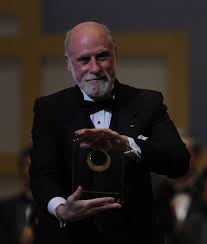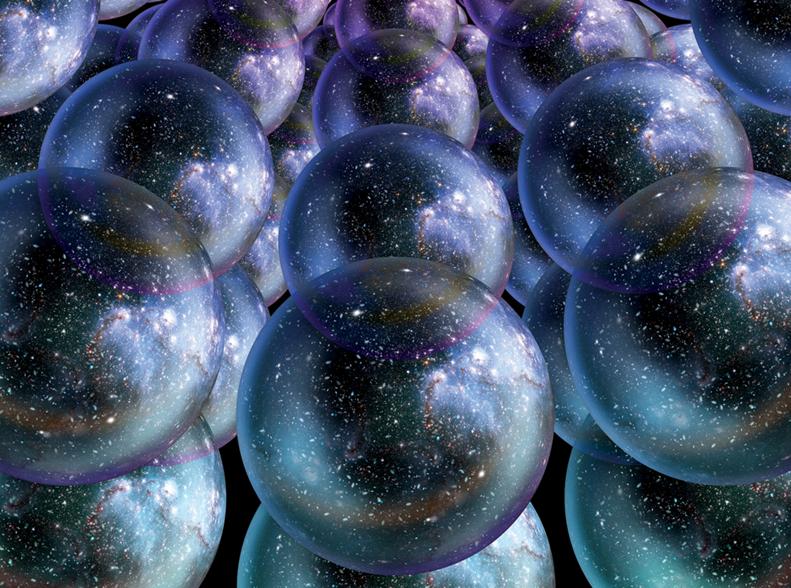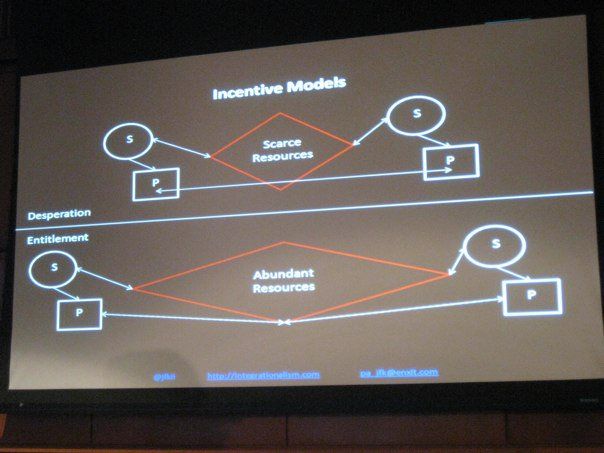- CERN’s annual meeting to fix LHC schedules in Chamonix: Increasing energies. No external and multi-disciplinary risk assessment so far. Future plans targeting at costly LHC upgrade in 2013 and Mega-LHC in 2022.
- COMMUNICATION to CERN – For a neutral and multi-disciplinary risk assessment before any LHC upgrade
According to CERN’s Chamonix workshop (Feb. 6–10 2012) and a press release from today: In 2012 the collision energies of the world’s biggest particle collider LHC should be increased from 3.5 to 4 TeV per beam and the luminosity is planned to be increased by a factor of 3. This means much more particle collisions at higher energies.
CERN plans to shut down the LHC in 2013 for about 20 months to do a very costly upgrade (for CHF 1 Billion?) to run the LHC at double the present energies (7 TeV per beam) afterwards.
Future plans: A High-Luminosity LHC (HL-LHC) is planned, “tentatively scheduled to start operating around 2022” — with a beam energy increased from 7 to 16.5 TeV(!):
http://cdsweb.cern.ch/journal/CERNBulletin/2012/06/News%20Articles/1423292?ln=en
One might really ask where this should lead to – sooner or later – without the risks being properly investigated. Many critics from different fields are severely alarmed.
For comparison: The AMS 2 experiment for directly measuring cosmic rays in the atmosphere operates on a scale around 1.5 TeV. Very high energetic cosmic rays have only been measured indirectly (their impulse). Sort, velocity, mass and origin of these particles are unknown. In any way, the number of collisions under the extreme and unprecedented artificial conditions at the LHC is of astronomical magnitudes higher than anywhere else in the nearer cosmos.
There were many talks on machine safety at the Chamonix meeting. The safety of humans and environment obviously were not an official topic. That’s why critics turned to CERN in an open letter:
———————————————————–
Communication on LHC Safety directed to CERN
For a neutral and multidisciplinary risk assessment to be done before any LHC upgrade
—————————-
Communiqué to CERN
—————————-
Dear management and scientists at CERN,
Astronomer and Leonardo-publisher Roger Malina recently emphasized that the main problem in research is that “curiosity is not neutral”. And he concluded: “There are certain problems where we cannot cloister the scientific activity in the scientific world, and I think we really need to break the model. I wish CERN, when they had been discussing the risks, had done that in an open societal context, and not just within the CERN context.”
Video of Roger Malina’s presentation at Ars Electronica, following prominent philosopher and leading constructivist Humberto Maturana’s remarkable lecture on science and “certainy”: http://www.youtube.com/watch?v=DOZS2qJrVkU
In the eyes of many critics a number of questions related to LHC safety are not ruled out and some of them have concrete and severe concerns. Also the comparability of the cosmic ray argument is challenged.
Australian risk researcher and ethicist Mark Leggett concludes in a paper that CERN meets less than a fifth of the criteria of a modern risk assessment:
http://lhc-concern.info/wp-content/uploads/2009/09/leggett_review_of_lsag_process_sept_1__09.pdf
Without getting into details of the LHC safety discussion – this article in the well-recognized Physics arXiv Blog (MIT’s Technology Review) states: “Black Holes, Safety, and the LHC Upgrade — If the LHC is to be upgraded, safety should be a central part of the plans.”
Similar to pragmatic critics, the author claims in his closing remarks: “What’s needed, of course, is for the safety of the LHC to be investigated by an independent team of scientists with a strong background in risk analysis but with no professional or financial links to CERN.”
http://www.technologyreview.com/blog/arxiv/27319/
The renowned Institute for Technology Assessment and Systems Analysis (ITAS) in Karlsruhe and other risk researchers have already signalized interest in cooperation. We think, in such a process, naturally also CERN and critics should be constructively involved.
Please act in favour of such a neutral and multi-disciplinary assessment, maybe already following the present Chamonix meeting. Even if you feel sure that there are no reasons for any concerns, this must be in your interest, while also being of scientific and public concern.
In the name of many others:
[…]
————————–
LHC-Kritik / LHC-Critique
www.LHC-concern.info
Direct link to this Communication to CERN:
http://lhc-concern.info/?page_id=139
Also published in “oekonews”: http://www.oekonews.at/index.php?mdoc_id=1067776
CERN press release from Feb 13 2012:
http://press.web.cern.ch/press/PressReleases/Releases2012/PR01.12E.html
“Badly designed to understand the Universe — CERN’s LHC in critical Reflection by great Philosopher H. Maturana and Astrophysicist R. Malina”:
https://lifeboat.com/blog/2012/02/badly-designed-to-understand-the-universe-cerns-lhc-in-critical-reflection-by-great-philosopher-h-maturana-and-astrophysicist-r-malina
“LHC-Kritik/LHC-Critique – Network for Safety at experimental sub-nuclear Reactors”, is a platform articulating the risks related to particle colliders and experimental high energy physics. LHC-Critique has conducted a number of detailed papers demonstrating the insufficiency of the present safety measures under well understandable perspectives and has still got a law suit pending at the European Court of Human Rights.
More info at LHC-Kritik / LHC-Critique:
www.LHC-concern.info
[email protected]
+43 650 629 627 5




